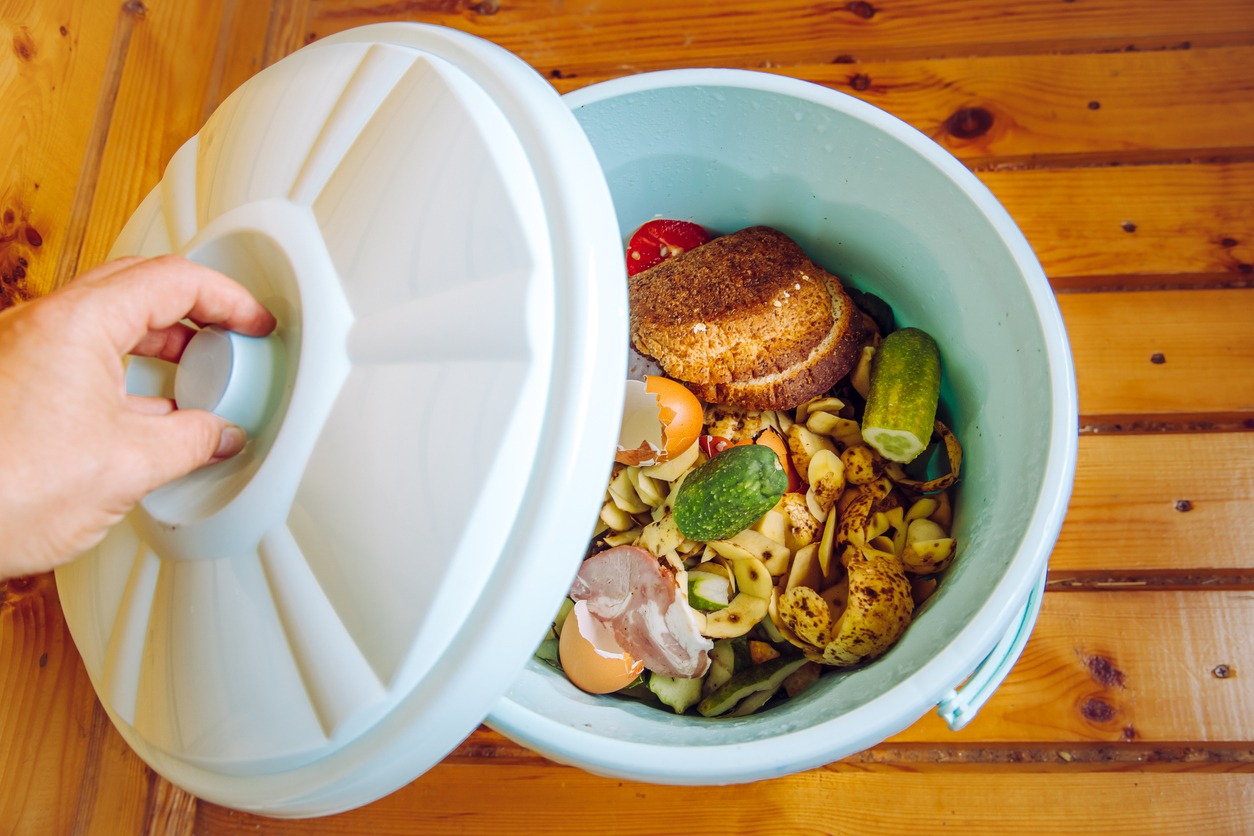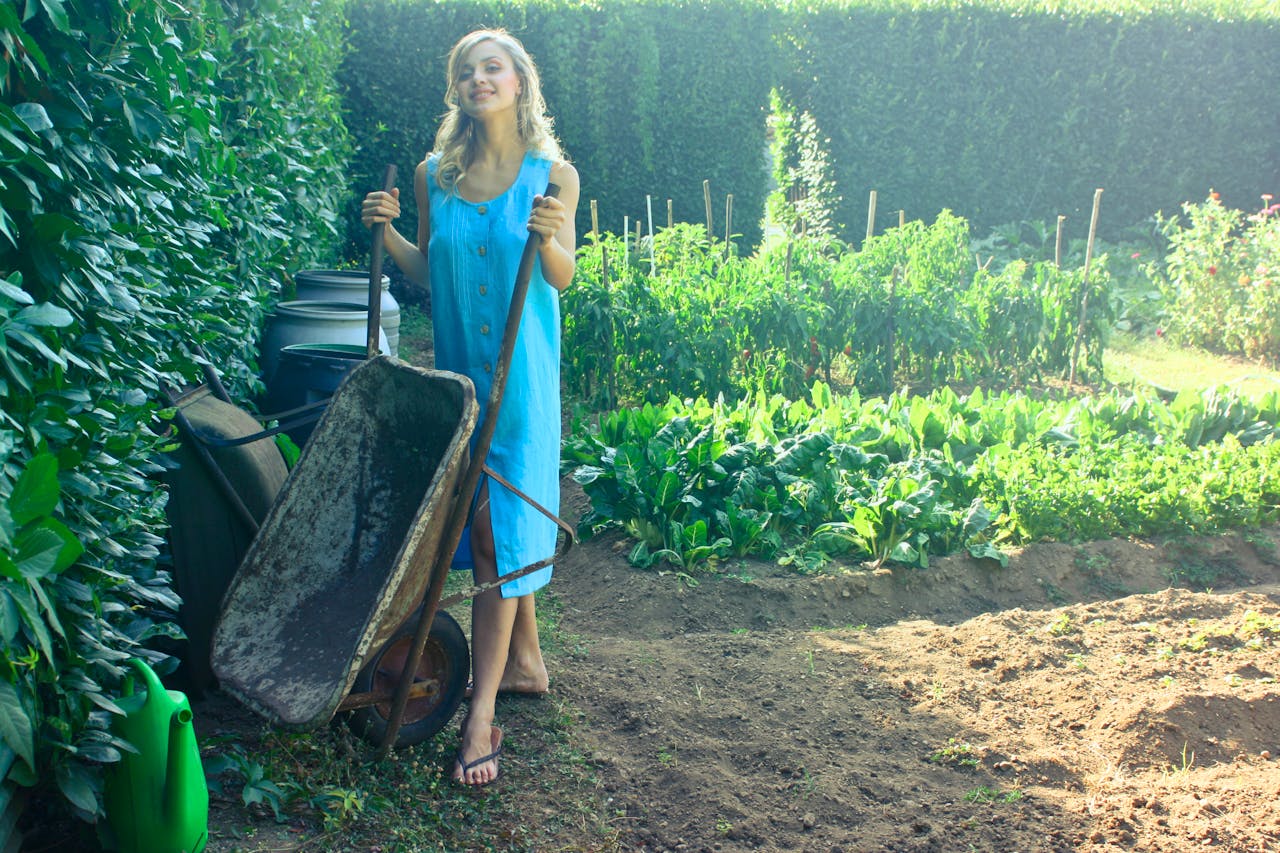Can Homesteading Help You Save Money on Family Groceries?
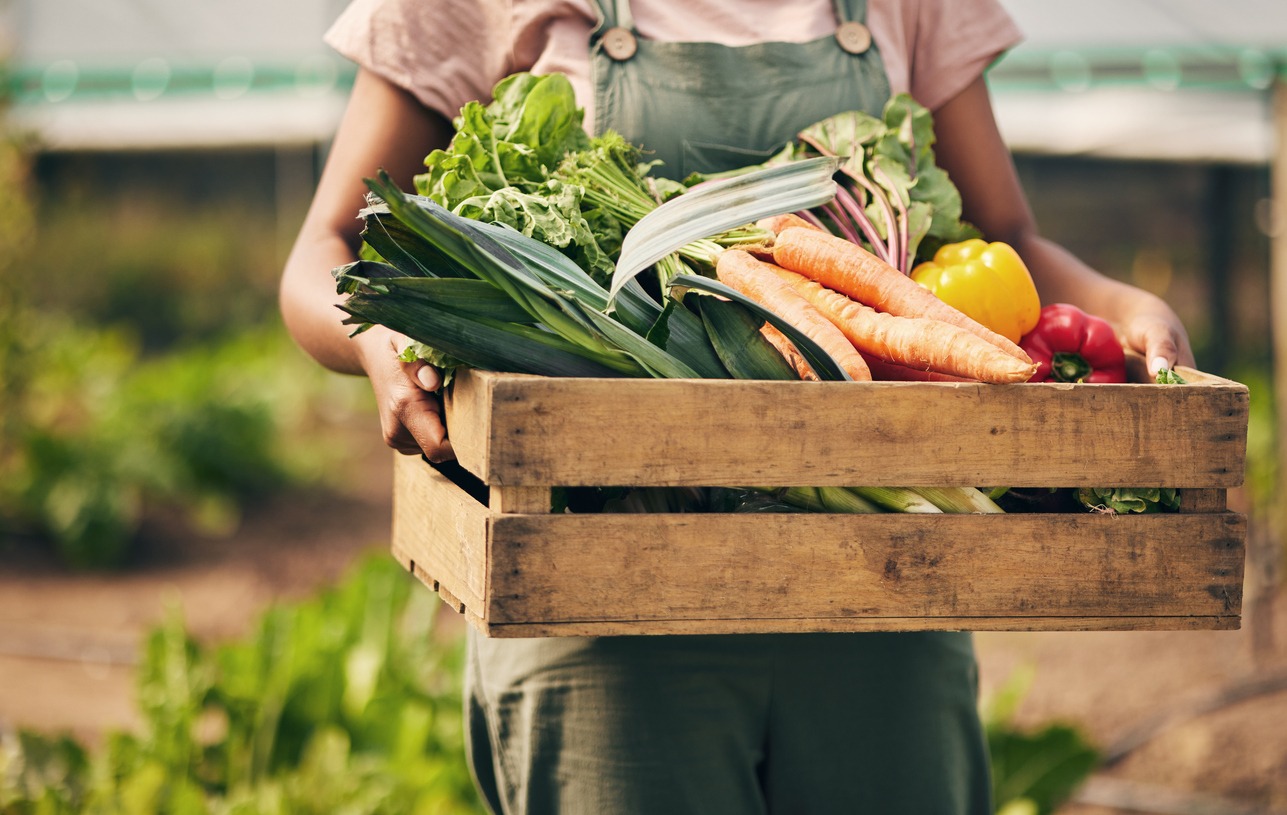
In a time of rising grocery prices, the idea of growing your own food and becoming more self-sufficient can sound both financially smart and rewarding. Homesteading, which includes gardening, raising livestock, and preserving food, offers a path to cutting grocery bills while improving the quality and freshness of the food on your table. This lifestyle may involve a learning curve and some upfront costs, but with proper planning, homesteading can significantly reduce expenses and even foster a healthier, more sustainable lifestyle.
This guide will break down various aspects of homesteading—from gardening and raising animals to frugal shopping strategies and cost-benefit considerations—to help you determine if homesteading could be a fit for your family and save you money on groceries.
Growing Your Own Food
One of the foundational aspects of homesteading is gardening. Growing your own fruits and vegetables can lead to substantial savings and ensures access to fresh, nutritious food without the high price tag of store-bought organic produce.
The Benefits of Homegrown Produce
When you grow your own food, you control what goes into the soil and how the plants are grown. This leads to healthier produce and saves you from spending extra on organic fruits and vegetables. Whether you have a small backyard or a bit more land to work with, even a modest garden can start reducing grocery bills.
Starting Small and Expanding Over Time
If you're new to gardening, it’s wise to start small. Begin with a few easy-to-grow crops, like tomatoes, herbs, or lettuce, which are high-yield and versatile in meals. As you get comfortable, expand to include vegetables and fruits your family loves, like peppers, squash, and berries. A small plot of herbs and vegetables can quickly transform into a reliable source of fresh produce and reduce trips to the grocery store.
Perennials and Year-Round Gardening
For longer-term savings, consider planting perennials like fruit trees, berry bushes, and even asparagus, which can continue producing for years with minimal maintenance. Establishing a year-round garden through succession planting (staggering crops) and crop rotation can maximize the yield of each season. This approach ensures that there's always something to harvest, even during the colder months, allowing for consistent grocery savings.
Raising Livestock for Sustenance
Beyond vegetables, raising small livestock is another way to make homesteading profitable. Chickens, turkeys, and even dairy animals can supply your family with eggs, meat, and dairy at a fraction of the price of store-bought products.
Choosing the Right Livestock for Your Needs
Chickens are a popular choice for first-time homesteaders because they’re relatively low-maintenance and provide fresh eggs daily. Turkeys are another option, especially if you want meat production. If you’re open to more commitment, a family milk cow can provide a steady supply of milk, cheese, and butter, while goats or sheep can be a good alternative for smaller homesteads.
Cost-Effectiveness and Sustainable Practices
Raising animals for food is more affordable than you might think, especially if you leverage the sustainable practices of a homestead. For example, chickens and pigs can consume garden scraps and food waste, reducing feed costs and turning waste into productivity. The byproducts from these animals, like manure, can even be used as natural fertilizers for your garden, creating a closed-loop system that minimizes waste and maximizes savings.
Additional Benefits of Livestock
Raising livestock offers more than food alone. Animals like chickens and pigs provide natural fertilizer, while larger animals like cows and goats can turn grazing areas into valuable resources. You can also make other homestead products, like soap from rendered animal fat or broth from bones, to further reduce your grocery and household expenses.
Preserving and Storing Produce
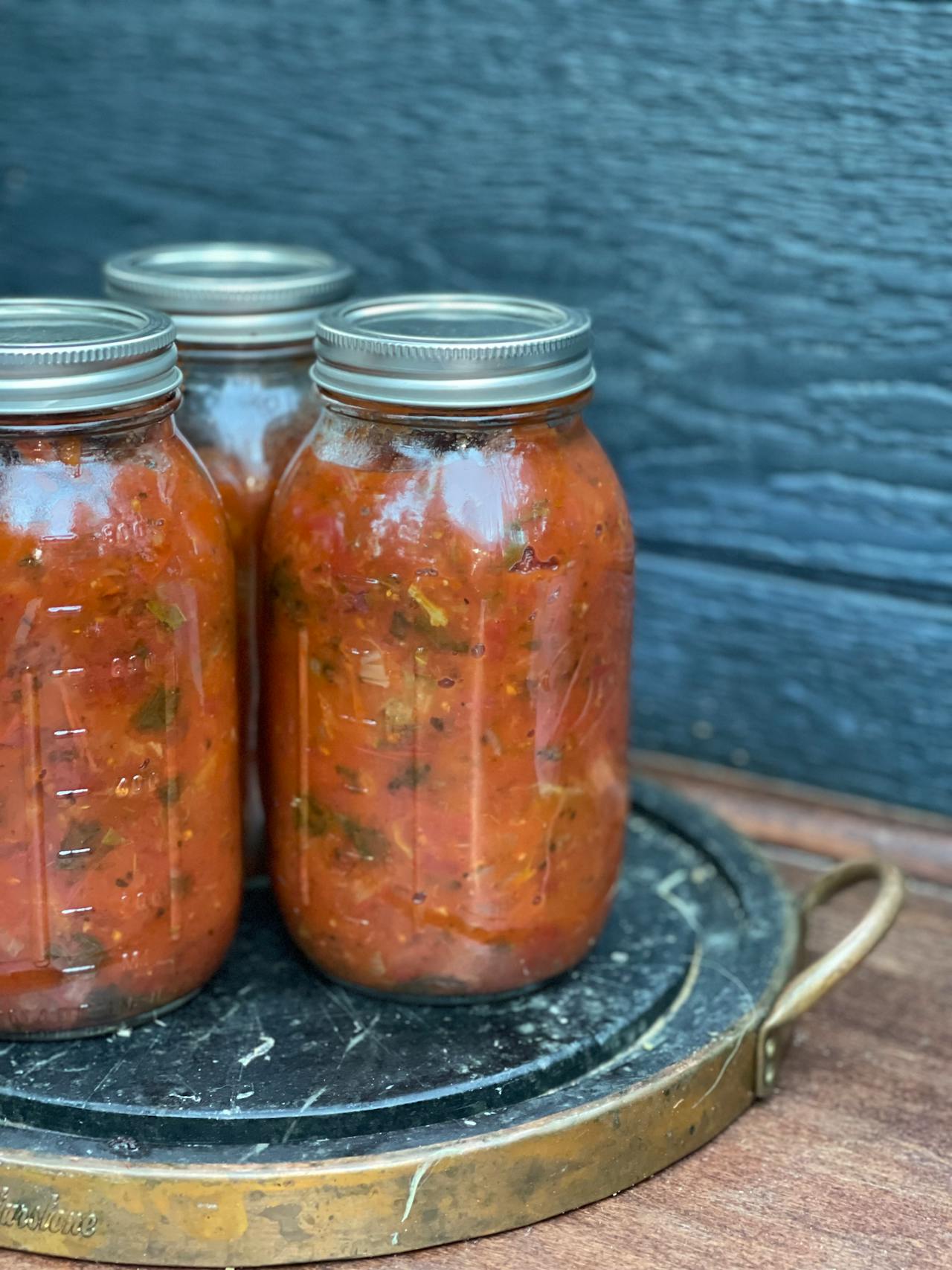
One key to maximizing the value of a homestead is learning to preserve and store produce. Canning, dehydrating, and freezing are essential skills that help keep your garden's bounty usable year-round, minimizing food waste and ensuring a consistent supply of nutritious food.
Benefits of Food Preservation
Harvesting a large amount of food at once might seem overwhelming, but it’s a goldmine for savings if preserved correctly. For example, a plentiful tomato harvest can yield jars of pasta sauce, salsa, or diced tomatoes to be used all year. A robust garden or small orchard means access to fresh produce for immediate enjoyment and storage for later use.
Canning, Freezing, and Dehydrating
Canning is an excellent way to store high-acid foods like tomatoes, jams, and pickles for long-term storage. Freezing works well for fruits, vegetables, and meats, especially if you have a chest freezer, which allows you to take advantage of bulk meat purchases. Dehydrating can extend the shelf life of herbs, fruits, and even vegetables like tomatoes and mushrooms, which can then be stored in airtight containers for months.
Proper Storage for Freshness
Not all preservation requires processing. Some vegetables, like potatoes, onions, and squash, can be stored in cool, dark places for months. Creating a simple root cellar or using an insulated pantry can keep produce fresh without refrigeration. Airtight containers and vacuum sealing are additional methods to help extend the freshness of your preserved foods.
Frugal Shopping Strategies for Homesteaders
Alongside producing your own food, homesteading encourages you to adopt frugal shopping strategies that further reduce your expenses. Many homesteaders find that changing how they buy household essentials leads to a significant decrease in monthly costs.
Buying in Bulk and Stocking Up
One of the simplest ways to save is by buying in bulk when prices are low. Look for genuine sales on items like rice, beans, pasta, and grains, and stock up. Bulk purchasing minimizes trips to the store and reduces per-unit costs, especially for non-perishable items.
Homemade Alternatives for Store-Bought Products
Homemade versions of common pantry staples, like bread, pasta sauce, or yogurt, are often cheaper and healthier than pre-packaged alternatives. Preparing these items at home lets you control ingredients and avoid preservatives, benefiting both your wallet and your family’s health. For example, cornbread or pizza dough can be quickly made from scratch at a fraction of the store-bought price.
Seasonal Buying and Preserving
When certain foods are in season, they’re often less expensive. Buying seasonal produce and meats, such as post-holiday turkeys, at discounted prices and preserving them through canning or freezing is a strategic way to stock up on high-quality ingredients for less.
Non-Food Savings and Reusable Items
Homesteaders can save on household expenses by opting for reusable alternatives to common items. Consider using cloth napkins, washable rags, and homemade cleaning products, which can significantly reduce waste and recurring expenses on disposable products like paper towels and store-bought cleaners.
Cost-Benefit Analysis of Homesteading
While homesteading requires an initial investment in tools, seeds, livestock, and equipment, the savings over time can make it well worth the effort. Evaluating the cost-benefit aspect of homesteading will help set realistic expectations and ensure that your setup aligns with your family’s needs.
Initial Costs vs. Long-Term Savings
Setting up a homestead typically involves purchasing gardening tools, seeds, livestock housing, and basic preservation equipment like a canner or dehydrator. These items, though initially costly, pay off by reducing grocery expenses for years to come. For instance, a $2,000 investment in a home garden can yield $7,000 in produce annually, a great return in terms of both money saved and food quality.
Reducing Health-Related Costs
Homesteading often promotes a healthier lifestyle by providing organic, home-grown foods. Families who consume more fresh fruits, vegetables, and pasture-raised meat may find that they save on healthcare costs, thanks to improved nutrition and fewer preservatives.
Building a Homestead Community
As you continue on your homesteading journey, consider connecting with other homesteaders. Knowledge-sharing, bartering, and collaboration with others in your area can provide both social and economic benefits. Building a local support network may allow for the exchange of tools, produce, or labor, further enhancing the economic advantages of homesteading.
Environmental Benefits of Homesteading
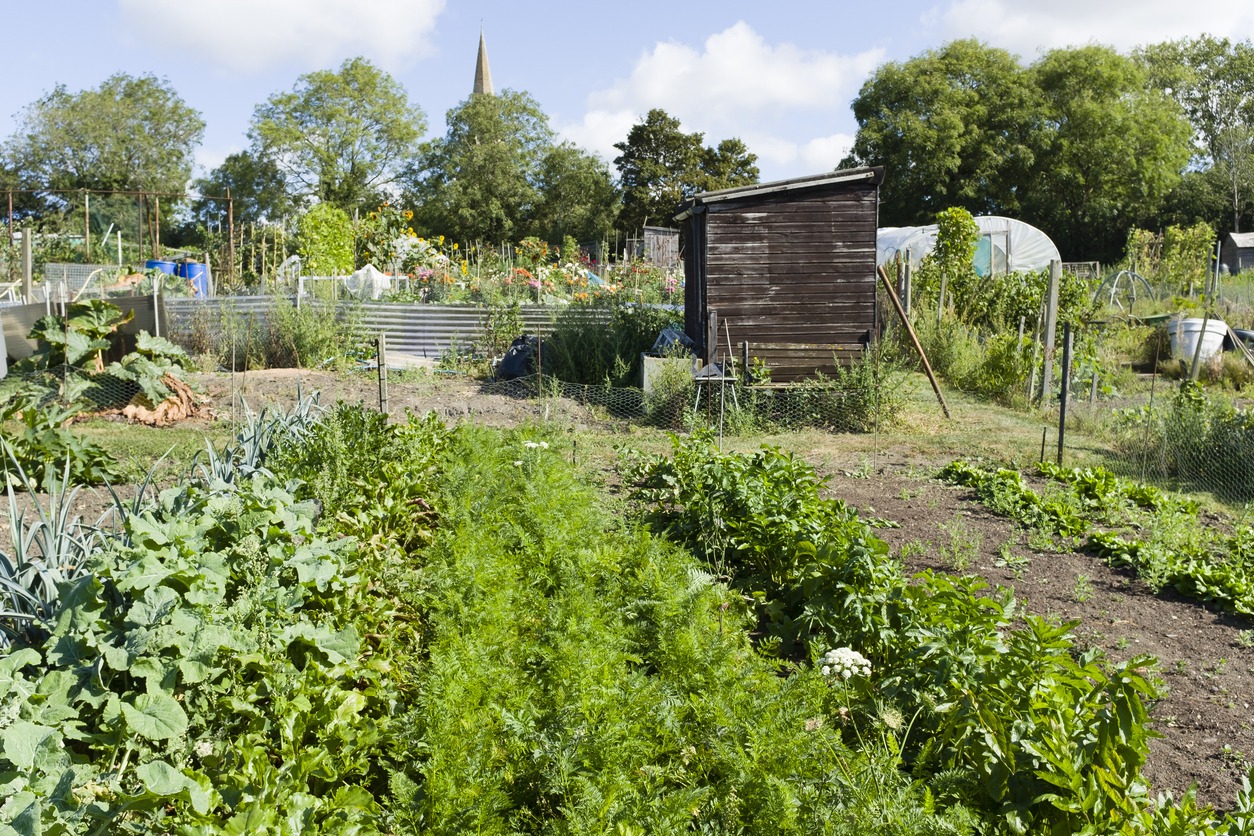
Alongside saving money, homesteading contributes to a sustainable lifestyle that reduces environmental impact. Homegrown produce cuts down on food packaging waste, while local, self-raised livestock reduces reliance on industrial farming.
Reduction in Packaging and Food Miles
When you grow and preserve your food, you reduce the need for packaging, lowering waste in your household. Additionally, food from your backyard or local homesteading community eliminates the "food miles" associated with store-bought produce, lowering your overall carbon footprint.
Sustainable Practices
Many homesteaders compost food scraps and garden waste, creating a self-sustaining system that nourishes the soil and supports plant growth. This approach is eco-friendly and aligns with the frugality and sustainability goals of a homesteading lifestyle.
Conclusion
Homesteading is a practical, rewarding way to reduce your grocery expenses, improve food quality, and become more self-sufficient. Although it requires initial effort, the benefits extend far beyond the grocery budget, including health improvements, environmental impact, and a fulfilling sense of accomplishment. Whether you start with a small garden or a few backyard chickens, homesteading can become a path to long-term savings, sustainability, and a closer connection to the food you consume.
Consider starting your homesteading journey today, step by step, with a commitment to nurturing both your family’s well-being and your financial future.

